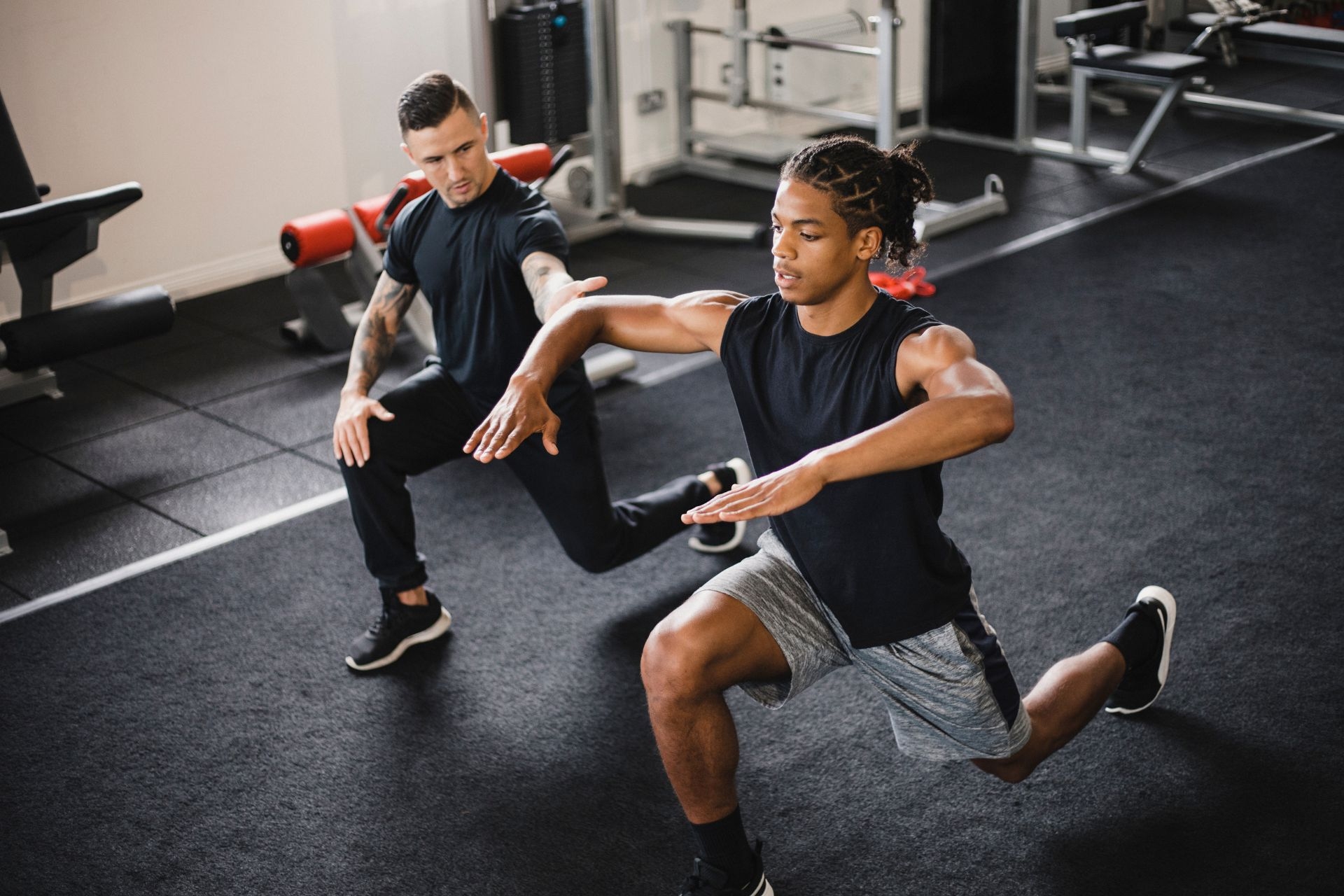Therapeutic Exercise Prescription
How can therapeutic exercise help improve range of motion in patients with joint stiffness?
Therapeutic exercise plays a crucial role in improving range of motion in patients with joint stiffness. By incorporating specific exercises that target the affected joints, such as stretching and strengthening exercises, individuals can gradually increase their flexibility and mobility. These exercises help to reduce muscle tightness, improve joint lubrication, and enhance overall joint function. Additionally, incorporating proprioceptive exercises can help individuals regain a sense of joint position, further aiding in improving range of motion.



